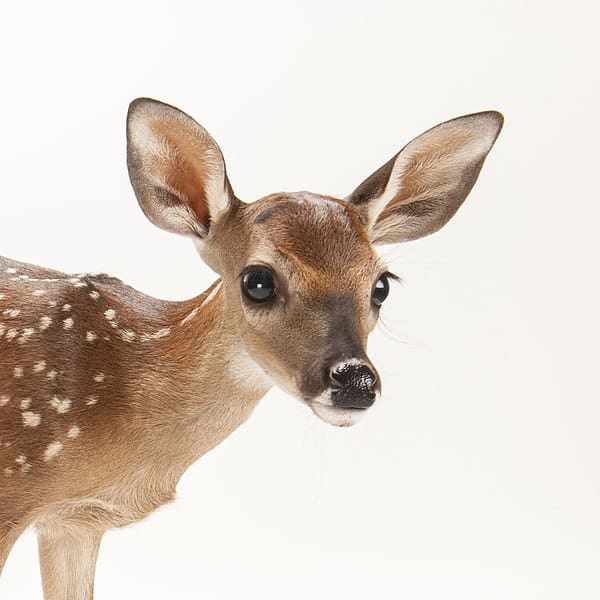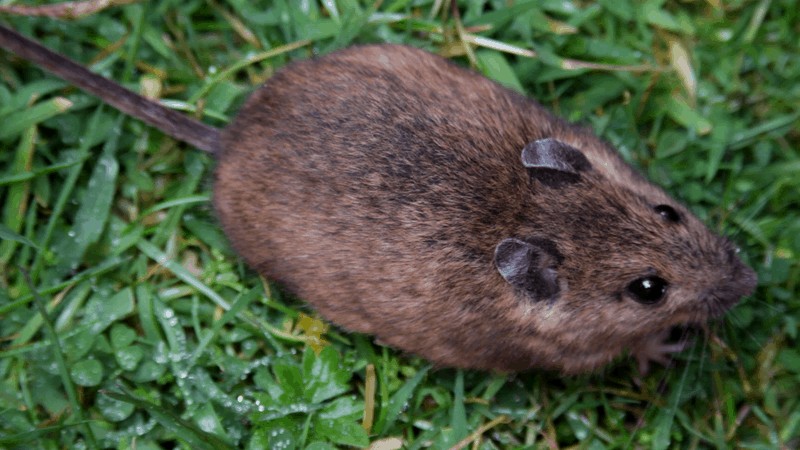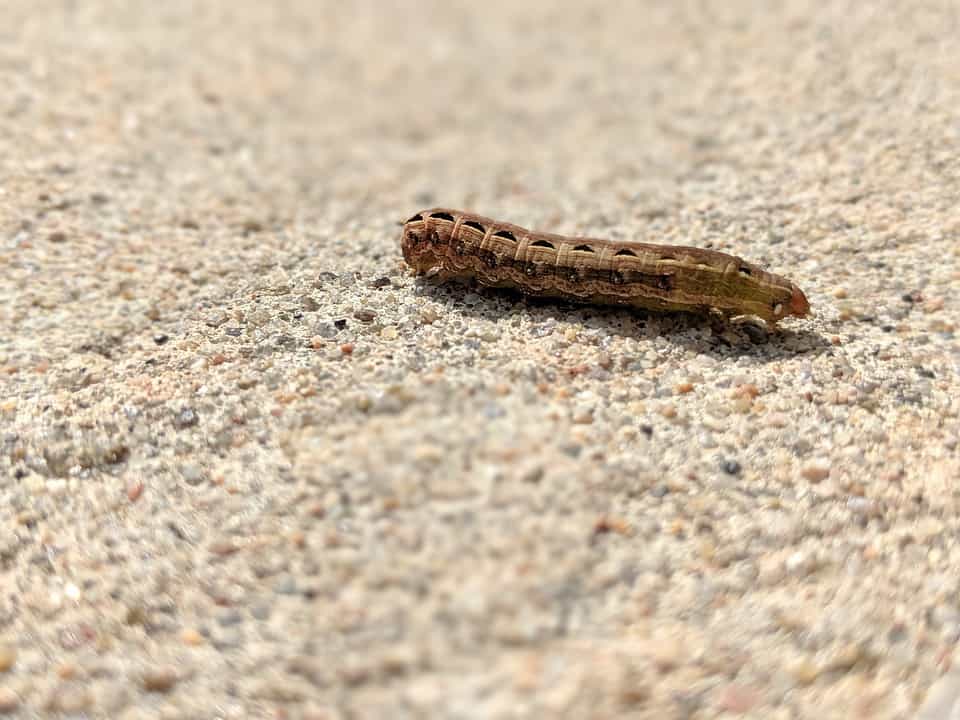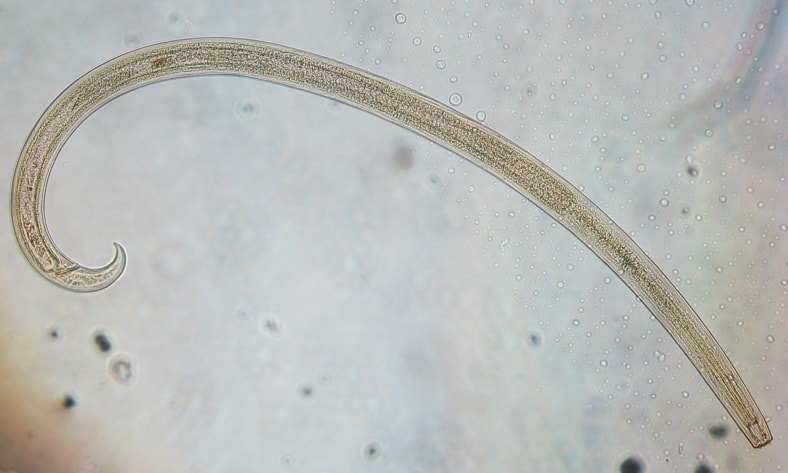What animal eats hostas? If yours suddenly disappear, you can probably blame deer, voles, or mice. Bugs, such as slugs, snails, cutworms, black vine weevils, and nematodes may cause more gradual damage. Rabbits and squirrels rarely eat hostas, although rabbits do enjoy their tender spring shoots.
Wondering what eats hostas? If so, you’re in the right place. It can be difficult to tell which animal is eating your hostas because different species can leave similar clues.
In this article, I’ll identify the most common hosta-munchers, signs that they’re your culprits, and what you can do to deter them.
Contents
What Animals Eat Hostas? Protect Your Hostas From These Creatures
Mammals
Deer

Plants like hostas can increase your home’s property value, but not if they’re eaten by deer!
Deer love munching on hosta leaves, leaving just the stalks. Because deer prefer aromatic hostas, you can avoid attracting them by planting plain-smelling varieties.
You can also protect hostas from deer with metal or plastic fencing. It should be at least 6 feet (1.8 meters) tall, so deer won’t simply jump over it. Cayenne pepper and strong-smelling oils, such as cinnamon, may also help.
Rabbits And Squirrels

Rabbits and squirrels rarely eat hostas, although rabbits may nibble their tender shoots in the spring.

You can deter either by sprinkling cayenne pepper on the leaves.
Voles And Mice

Voles and mice can rapidly devour hostas.

Cayenne pepper may deter voles and mice from eating hosta leaves. But because voles tunnel underground, they’re a bigger threat to hosta roots. Clearing the area of weeds and debris can deter voles, as can a steel mesh cylinder buried partially underground around each hosta.
YouTuber Family Plot demonstrates how to protect hostas from voles by surrounding their roots with pebbles:
Bugs
Slugs And Snails

The bugs most likely to eat hostas are slugs and snails, who prefer to feed at night.
Slugs and snails tend to leave smooth, uneven holes between the veins of hosta leaves or on their edges. They also leave tell-tale slime trails wherever they go.
Minimizing the dead plant material around your hostas will make the area uncozy for these shade-loving creatures. For alternatives to organic mulch, check out these 31 budget landscaping ideas.
Cutworms

Cutworms are moth caterpillars of various species. They’re more of a problem when a plant’s leaves are close to the ground. You can deter them by surrounding your hosta plant with a ring of cardboard. Remove the ring when the leaves are several inches above the ground.
Black Vine Weevils

Adult black vine weevils are non-flying insects that measure about ¾ inch (1.9 centimeters) long. They may chew notches along the edges of hosta leaves. Their larvae may consume the crown and roots, causing the leaves to yellow and wilt.
Because adult black vine weevils hide in debris or mulch during the day, you can deter them by not leaving these things around your hostas.
Nematodes

Nematodes are microscopic roundworms that can cause bacteria-like infections in plants. They like to feed inside hosta leaves, creating brown streaks. You should destroy plants with symptoms of nematode infections. Spacing hostas well-apart and keeping their foliage dry will help deter nematodes.
FAQs
What Insects Eat Hostas?
The bugs most likely to eat hostas are slugs and snails. However, other potential culprits include cutworms, black vine weevils, and nematodes.
What Pulls Young Hostas Into Ground And Eats Them?
Underground voles may snack on hosta roots. You can prevent this by partially burying a metal mesh cylinder around each plant. Another option is to surround each hosta’s roots with pebbles.
Happy Hosta Growing!
Now that you know what eats hostas and what to do about it, you can enjoy them for as long as possible. As a quick recap:
- Protect hostas from deer with tall fencing.
- Deter deer, rabbits, squirrels, voles and mice with cayenne pepper.
- Deter voles with a wire mesh cylinder.
- Removing organic debris leaves bugs nowhere to hide.
- To deter cutworms, place a cardboard ring around your hosta until its leaves are several inches above the ground.
- Proper spacing and keeping foliage dry will deter nematodes.
It’s important to know pests that damage your garden and how to get rid of them. For more tips about growing plants and flowers, read this guide of mine.
Have any questions? If so, please let me know in the comments.

Nadya, does anything else eat hostas like slugs or snails? My hostas are being eaten in a way which looks like slug munching, but – five beer traps produced zero slugs, and I’m not seeing any of the slime paths.
Is my beer too cheap?
Thom
Jordan, MN